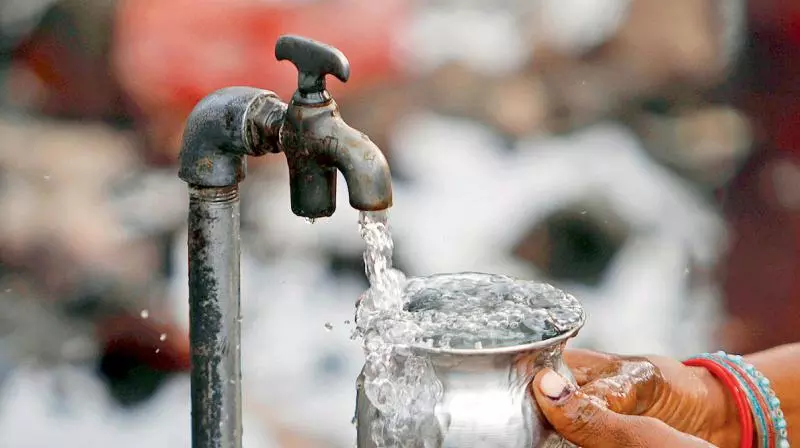 ICRA expects the domestic PV sales volume growth to moderate to 3-6% in FY25 on account of waning replacement demand and some effects of high base.
ICRA expects the domestic PV sales volume growth to moderate to 3-6% in FY25 on account of waning replacement demand and some effects of high base. New Delhi: The Indian Passenger Vehicle (PV) industry remains one of the largest and fastest-growing markets globally and its performance is influenced by a confluence of factors, like economic growth, consumer preference, government policies, technological advancements, disposable etc. Also increasing disposable income, urbanisation, growing middle class, improving vehicle financing also supported the industry growth over the last decade.
Following the pandemic-induced slowdown and supply-related challenges, the domestic PV industry has been on an upsurge recording a strong growth of ~13% and ~27% in FY22 and FY23 respectively. Despite a sharp rise in vehicle prices, the growth momentum continued in FY24 as well with the sales volumes reaching all-time high levels of 4.2 million units (up 8% Y-o-Y).
PV wholesale volumes grew by 3% in Q1 FY25 on a Y-o-Y basis, but the retail volumes contracted by ~7% amidst factors like heat conditions, implementation of model code of conduct and the general elections impacting the retail footfalls. Though the underlying demand drivers remain supportive, ICRA expects the domestic PV sales volume growth to moderate to 3-6% in FY25 on account of waning replacement demand and some effects of high base. Over the long-term, PV demand is expected to remain dynamic and evolving, and will be supported by a combination of economic growth, changing technology and consumer preferences.Piling inventory
In line with growth in vehicle sales, PV dealers benefited in recent years. The dealers navigated the phases of an extended period of supply related challenges (semiconductor shortage issues), which resulted in high waiting periods, lower discounts from OEMs, and consequently low inventory holding during FY22-24. While the inventory levels at PV dealerships normalized to ~35 days in H2 FY23 on the back of improved supply, rise in wholesale production levels and softer demand gradually resulted in the pile up of inventory ahead of the festive season (September to November).
The inventory levels gradually inched up in the past two quarters, although some moderation was witnessed in March 2024 on account of improved retail sales. Amidst the softening demand, especially for entry level vehicles, ICRA notes that the inventory levels have increased significantly to 67-72 days in July 2024, as per the Federation of Automobile Dealers Association (FADA). With the higher than normal levels of inventory, discounting levels have gradually risen, especially on slow-moving models. Ahead of the festive season, discounts are seen higher than normal levels across segments.
Given the limited scope for business diversity and value addition, lower sales growth and rising discounts are likely to impact the earnings profile of dealers in FY25. The dealers’ operating margins are inherently thin ranging from low-to-mid single digit as low-margin vehicle sales dominate the revenue mix. With Q2 traditionally being a non-peak season, inventory holding is expected to remain higher-than-average in the near term, prompting dealerships to persist with discounts.
ICRA expects dealerships’ operating margins to moderate by ~50-100 bps in FY25 on account of the same. Apart from increased discounts, high inventory holding elevates the working capital needs and impacts the debt coverage metrics and cash-flows of the dealerships. Timely correction of non-moving vehicle inventory holding, enhanced focus on ancillary revenue streams (like servicing, parts etc.) and better cost control measures remain critical for an improvement in the credit profile of PV dealerships in the near-term.
(Disclaimer: Shamsher Dewan is Senior Vice President and Group Head, Corporate Ratings, ICRA. Views are personal.)























































